We paid a visit to Jakarta City Hall to understand the works behind the SmartCity initiative

“How can I help you?” asked a security guard at the main gate of the City Hall, situated right across the National Monument in Central Jakarta.
e27 told him that we are heading to the SmartCity Lounge and he gave us directions to the location. So we thanked him, moved on, and decided to enjoy the morning scenery at the DKI Jakarta Provincial Government headquarter.
At a glance, the City Hall is exactly what one would expect of a government office. There was a high-rise office building in the front, with a much older, colonial-style building on the side. There were also carefully trimmed plantations in the park, with civil servants strolling on their way to work in their distinct khaki uniforms.
But once we walked into the SmartCity Lounge, it felt as if we just walked into a startup’s office: employees are busy starting the day in an open office plan, with post-its adorning the walls and a teru-teru bozu (Japanese handmade dolls believed to bring good weather) hanging by the window.
The typical civil servants are nowhere to be seen.
“We have 70 expert staffs in the operational team. They are contract-based employees,” explains Susi, who was our guide for the day.
“There are only seven civil servants in the division, they are dealing mostly with administrative matters. Or connecting with other provincial government agencies,” she adds.
Structured under the communications and public information division of the provincial government, the SmartCity was an initiative of President Joko Widodo when he was holding the position of DKI Jakarta Governor, currently held by his former deputy Basuki ‘Ahok’ Tjahaja Purnama.
The division’s role is to utilise technology to improve the city management, by utilising platforms such mobile app Qlue to monitor reports on government agencies’ performance by the public.
Check out photos from our tour around the Lounge’s facilities.
—
The SmartCity Lounge is situated on the third floor the B building in Jakarta City Hall. On weekends, the facility is open for the public to visit.
“People are often surprised whenever we go on an exhibition. ‘Oh, so this is how it works,’ they said,” according to Susi.
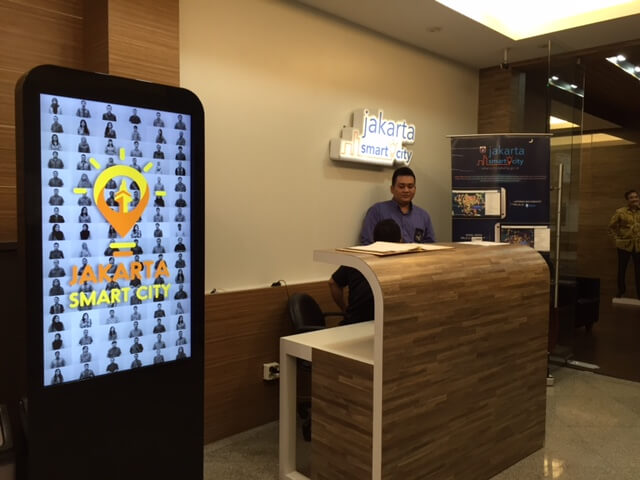
The division employs mostly young professionals, who are perceived to be more creative and technologically minded.
It currently partners with Zomato, Go-Food and IndoRelawan for its street food database initiative, with Waze for traffic data, and is planning to launch one with trip-planner app Travi.
It also handles the provincial government’s social media presence.
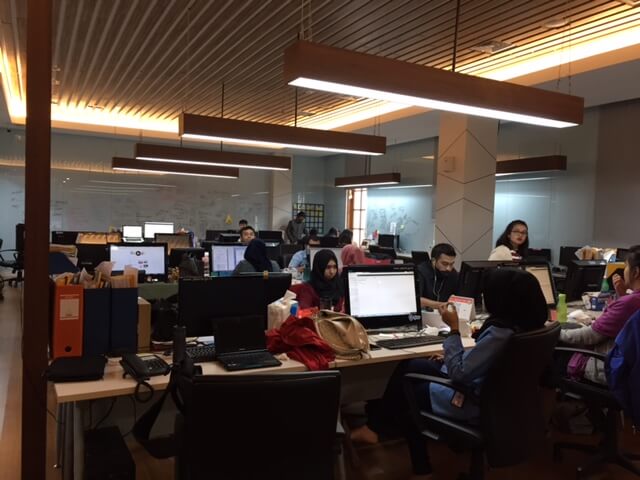
This is the V Meeting Room, which connects directly to the Command Centre, currently hidden behind the curtain.
The Command Centre currently operates on a typical working hour, but in the near future, it plans to operate for 24 hours.
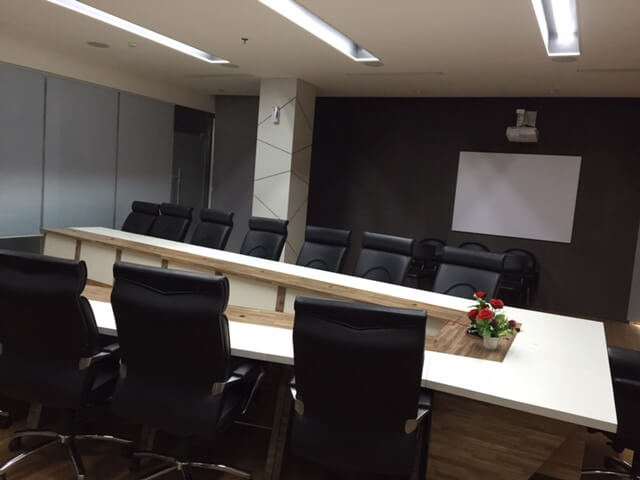
The Command Centre monitors the work done by various provincial government agencies (as represented by cartoon characters on the left).
Red line indicates the number of unprocessed reports as reported via Qlue and other channels.
“If there are many works left unprocessed, we call the agencies to gently remind them. Because we are not doing the work itself, we’re just monitoring,” Susi says.
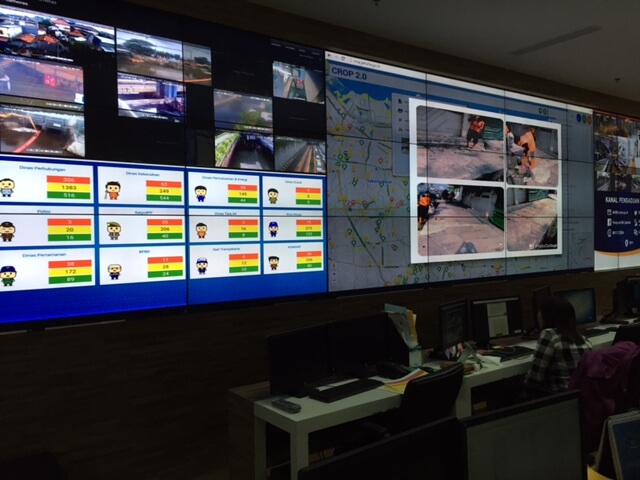
Starting in 2014 as a data gathering movement, the SmartCity is now focussing on partnership with third parties and socialisation of the division’s work.
“We also partner with internal government agencies, such as the transportation agency to understand, for example, the number of TransJakarta passengers getting off in a terminal. It helps us to identify traffic jam hotspots,” says Prasetyo “PAW” Andy Wicaksono, Head of IT.
The works that SmartCity is doing also help the provincial government’s decision-making process, such as the elimination of the three-in-one rule that has been applied in Jakarta for years.
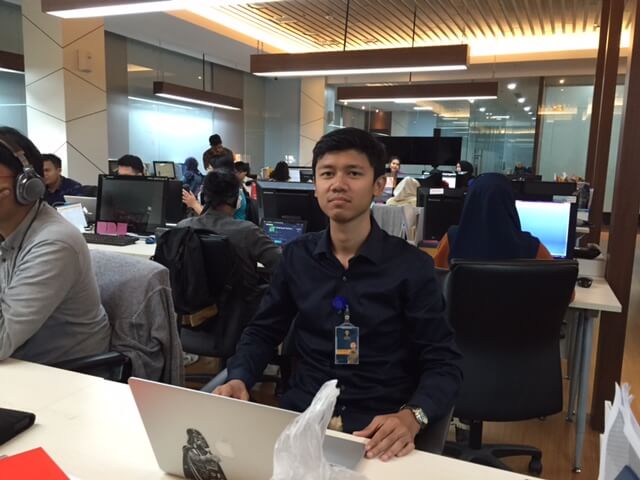
(No, unfortunately that was just a cardboard figure of Governor Ahok.)
When asked about the division’s greatest achievements, PAW cited the street food database project as one of them.
“After having their business enlisted on Zomato, these vendors reported that 20 to 30 per cent of their patrons came from online,” PAW says.
He also stated that public service satisfaction rate has now reached 88 per cent.
“What we are aiming for is real impact and real value,” he closes.
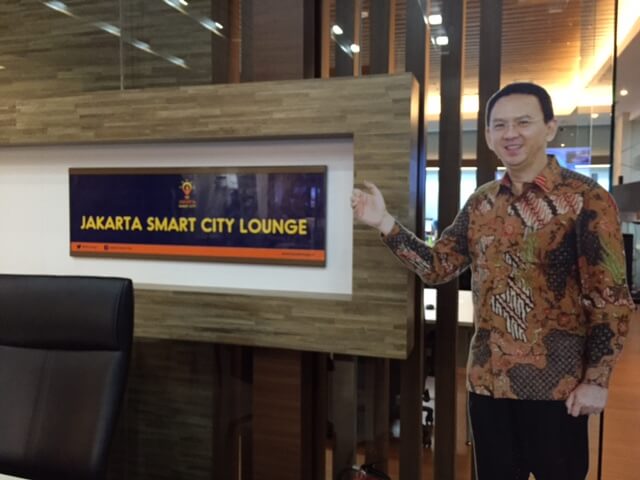
The post In photos: How the SmartCity Lounge saves Jakarta, one report at a time appeared first on e27.






